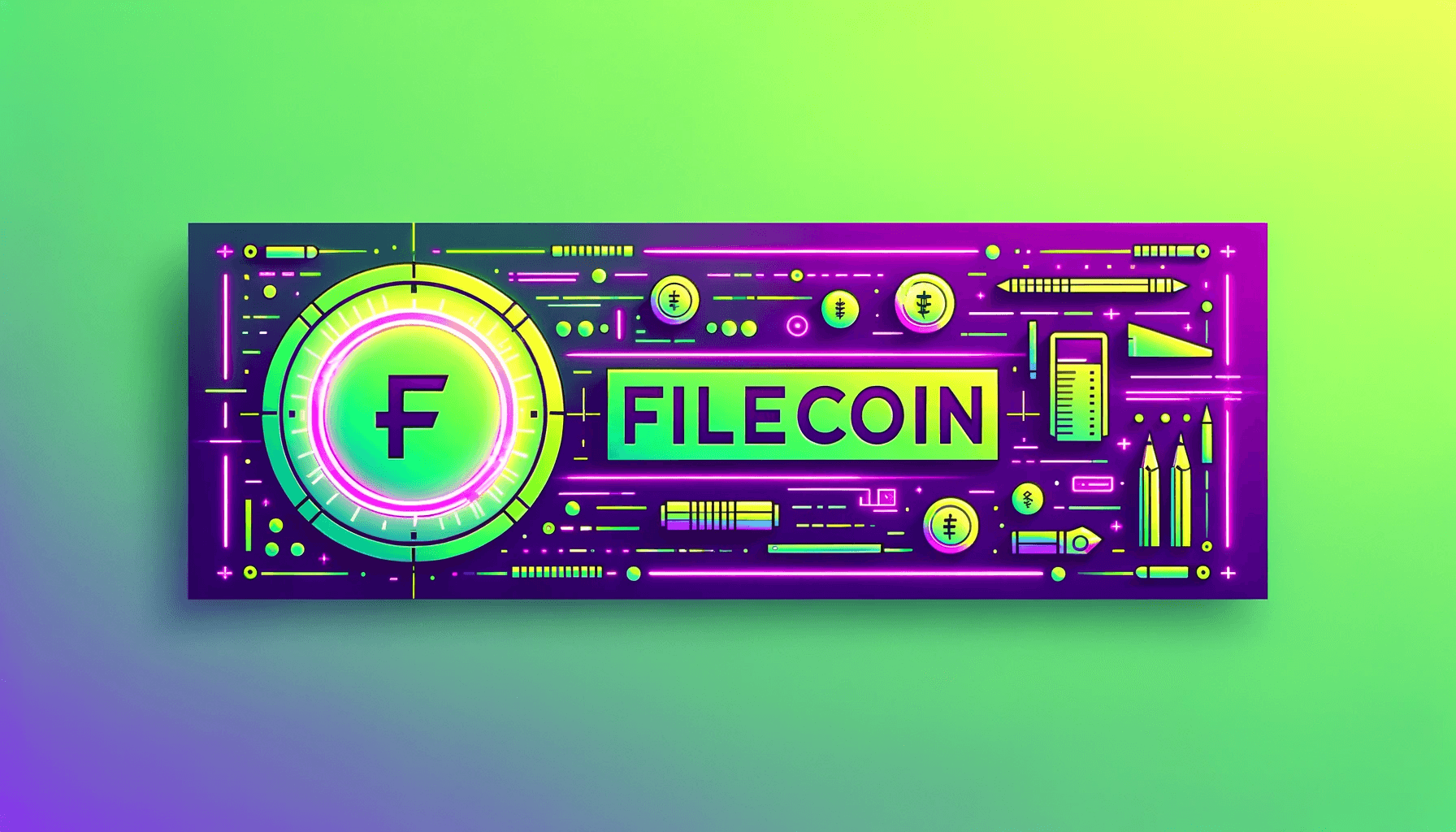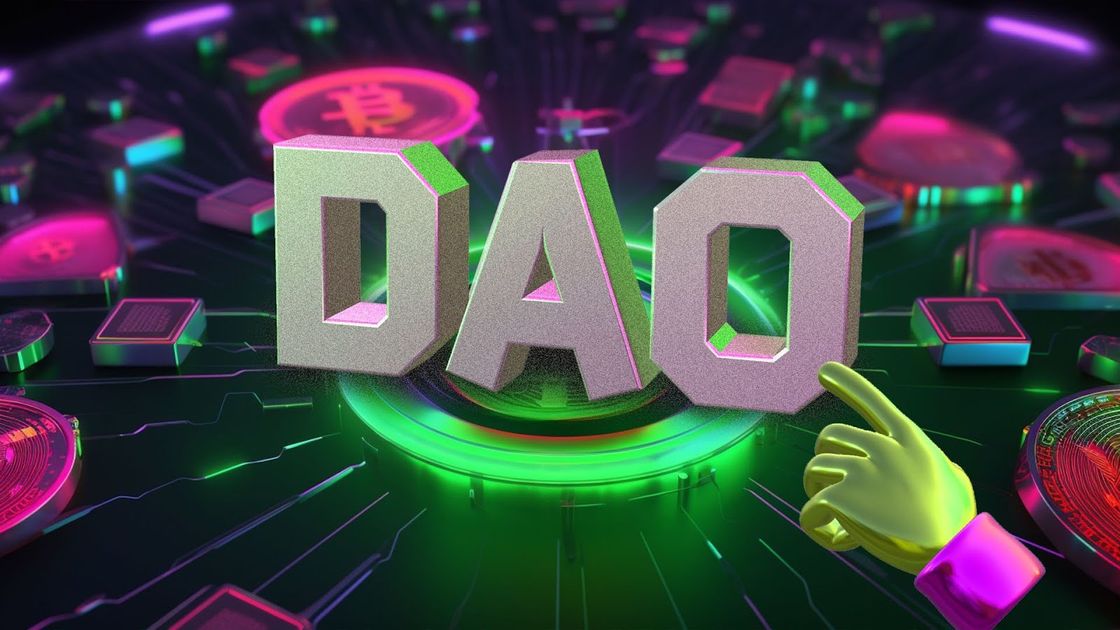
The question ‘what is Filecoin’ is emerging as a crucial question within the evolving terrain of cloud storage, as here lies a significant opportunity for DeFi enthusiasts. Over the past decade, the shift towards cloud-based storage solutions has upended legacy on-premise servers, ushering in a new era of rapidly expanding hyperscalers.
Consequently, the crypto market is on the brink of substantial disruption, driven by pioneering technologies such the Filecoin network which introduce a decentralised alternative to conventional cloud storage services.
What is Filecoin?
Filecoin and its native FIL ($FIL) token operate as a distributed storage network, enabling individuals and organisations to lease their idle storage capacity in return for the Filecoin cryptocurrency.
Constructed on the InterPlanetary File System (IPFS) protocol, the network facilitates the storage and retrieval of files through a distinctive cryptographic hash, instead of relying on a conventional file path or address.
Storing files on the Filecoin network involves users establishing a storage contract with a miner, tasked with upkeeping and verifying the files within the network. Miners find motivation to deliver storage and retrieval services through the incentive of earning FIL token for each successful transaction.
Filecoin incorporates a consensus mechanism known as proof-of-replication and proof-of-space-time. This innovative approach empowers miners to substantiate that they genuinely store the claimed data through a procedure termed ‘provable data possession.’
Through this mechanism, Filecoin guarantees the security of data on the network, ensuring that it remains recoverable even when a miner goes offline.
Delving into Filecoin's achievements, we can then turn our attention to examining the cryptocurrency itself.
The Interplanetary File System Protocol
Crafted by Juan Benet and the Protocol Labs team, the InterPlanetary File System (IPFS) protocol stands as a peer-to-peer framework engineered to enhance the speed, safety, and openness of the web. It achieves this by enabling the storage and retrieval of files through a distinct cryptographic hash, deviating from conventional file paths or addresses.
IPFS divides files into hash-addressed chunks, distributing them across the network. Each peer stores and shares specific subsets of these chunks. Retrieval is simplified as users provide the file's hash to the network, which then returns all relevant chunks.
Various blockchain initiatives, such as Filecoin, Ethereum (ETH), and EOS, incorporate IPFS into their frameworks. Employed as a decentralised storage layer, IPFS enhances the efficiency and resilience of these blockchains.
Proof of Replication
The Proof of Replication protocol serves as a crucial component in guaranteeing data durability within decentralised storage systems. Specifically engineered for redundancy, the protocol ensures that data is distributed across numerous nodes, facilitating seamless retrieval even in the event of node failures.
Initially introduced in a paper authored by Bram Cohen - the mind behind the BitTorrent protocol - Proof of Replication stands distinct from proof-of-stake (PoS) by prioritising data durability instead of determining the next block in a blockchain.
In its emphasis on data storage, PoR is dedicated to substantiating the correct and redundant preservation of data.
Proof-of-Space-Time Protocol
Proof of Space-Time (PoST) employs computational resources - specifically disk space - to validate and demonstrate the storage of data.
A derivation from the Proof of Storage protocol, Proof of Space-Time (PoST) necessitates storage providers to substantiate their storage of a specified data volume over a designated duration. This validation is achieved through the presentation of a cryptographic proof of space-time, commonly referred to as a ‘challenge.’
The Proof of Space-Time protocol - initially introduced in a 2017 paper by D.J. Bernstein and team - revolves around employing the dedicated disk space of a node as a gauge of its ‘stake’ in the network. Here, the higher the amount of disk space committed to storage by a node, the greater the probability of it being chosen to store a specific file or piece of data.
The PoST protocol stands out for its efficiency compared to conventional proof of storage protocols, permitting the utilisation of fewer computational resources and reduced storage expenses, all while upholding the assurance of data durability.
Filecoin ICO and ITO
In 2017, the Filecoin Initial Coin Offering (ICO) unfolded in two distinct phases. The initial segment - known as the pre-sale - took the form of an Initial Token Offering (ITO) and exclusively catered to accredited investors. The subsequent stage encompassed a public sale, welcoming participation from investors of all backgrounds.
In the course of the ITO, accredited investors had access to 35% of the overall token supply, amounting to 200 million FIL - at a rate of $0.75 per token. The subsequent public sale adopted a Dutch auction format, commencing at $1.00 per token and progressively decreasing over a set duration.
This public sale successfully garnered $205 million, constituting 60% of the total token supply sold throughout the ICO.
Regarded as one of the standout ICOs in 2017, the Filecoin ICO achieved remarkable success by securing a total funding of $257 million.
The project garnered significant backing from prominent investors and venture capital entities, including but not limited to Andreessen Horowitz (a16z), Union Square Ventures, and Winklevoss Capital.
Who Runs Filecoin?
The whitepaper for Filecoin, authored by Protocol Labs and Juan Benet, emerged in 2014. Protocol Labs, functioning as an open-source research and development laboratory, endeavoured to construct a blockchain and cryptocurrency solution that seamlessly integrated into the evolving Web3 landscape.
While Filecoin stands as Protocol Lab's flagship initiative, the organisation boasts an array of other projects, including the IPFS, SourceCred, Testground, and Multiformats.
Serving as both the founder and CEO of Protocol Labs, Juan Benet also closely collaborates with the numerous other crypto-centric projects of the company.
Where is Filecoin Accepted
Internationally, over 300 businesses embrace Filecoin as a payment method for various goods and services. This diverse array of stores encompasses electronics shops, renowned establishments like Chipotle Mexican Grill, and select charitable organisations.
The future holds promise for a multitude of more businesses to adopt Filecoin, facilitated by platforms like NOWPayments that enable FIL transactions for various outlets.
What is Filecoin - Conclusion
Filecoin revolutionises data storage by establishing a cost-effective storage network that harnesses millions of global computers.
And what is Filecoin's key approach? It economically utilises existing resources to mitigate the need for large server farms like those of Google or Amazon.
Storing files on strangers' computers may raise security concerns. However, Filecoin addresses this by breaking data into pieces scattered across nodes, ensuring each computer holds only a fragment. The blockchain alone can reconstruct the data when needed, offering a secure and decentralised storage solution.
Filecoin addresses challenges but faces speed and technology issues due to decentralised data storage. Moreover, the biggest barrier to entry involves actually purchasing Filecoin, which could potentially deter less tech-savvy users.
What is Filecoin - FAQ
What is the purpose of Filecoin?
Filecoin aims to provide decentralised, verifiable data storage through incentivization using its FIL coin. Users are motivated to store IPFS content on the IPFS protocol.
What is the goal of Filecoin?
Filecoin fundamentally enables efficient storage resource utilisation via a decentralised marketplace. Storage providers earn FIL tokens by offering their unused capacity to clients.
Who built Filecoin?
Juan Benet, a computer scientist and entrepreneur, is best known for his work on Filecoin—a decentralised storage network utilising a cryptocurrency of the same name. Born in 1988, he is around 35 years old as of 2023.
Is Filecoin a currency?
Filecoin (FIL) powers a decentralised file storage network, allowing users to store, retrieve, and host digital information. FIL tokens serve as payment for services and incentives to ensure reliable long-term file storage.
Can Filecoin reach $1000?
Filecoin is in its early stages with no guaranteed success, and FIL token prices are volatile. Despite uncertainties, there's potential for Filecoin to reach $1000.
Want More Cutting-Edge Crypto News?
Follow Us: X TikTok Instagram Telegram LinkedIn
Sign up for our newsletter at the bottom of the page
Check Out Our Top 10 Crypto Currencies of 2024
This article is intended for educational purposes and is not financial advice.


















